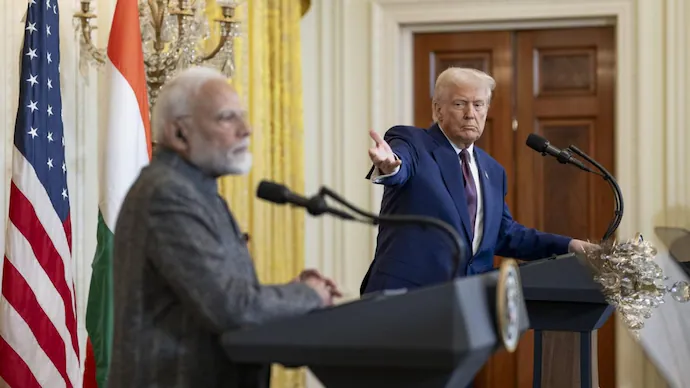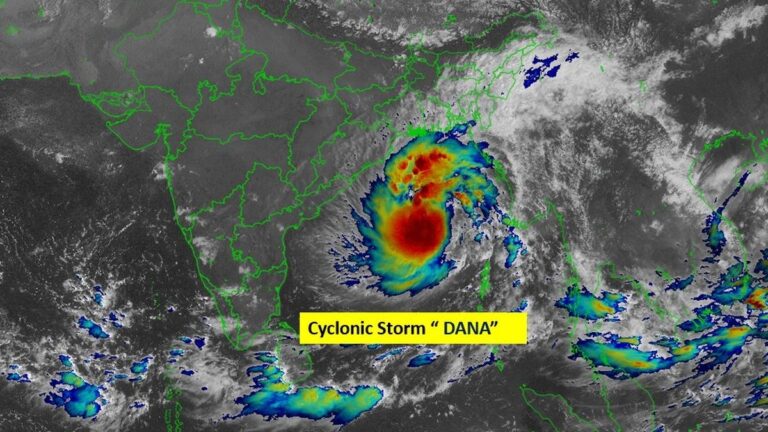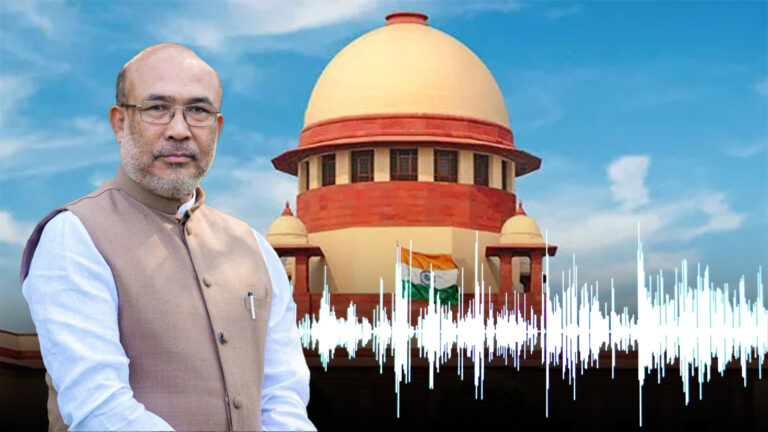Trump’s Warning: Secondary Sanctions Loom Over India’s Russian Oil Imports
Summary
In a dramatic escalation of trade and geopolitical pressure, US President Donald Trump has imposed an additional 25 % tariff on Indian imports—bringing the total duty to 50 %—and warned of further “secondary sanctions” should New Delhi continue purchasing oil from Russia. The executive order, announced on August 7, 2025, is set to take effect on August 27, 2025. India’s Ministry of External Affairs condemned the move as “unfair, unjustified and unreasonable” and affirmed its right to ensure energy security for 1.4 billion citizens. Trump also hinted at extending similar measures to China, signaling growing US readiness to wield trade tools to influence global energy alliances
In-Depth Analysis
The Unprecedented Tariff Hike
Have you ever seen a country double down on tariffs overnight? That’s pretty much what happened on August 7, 2025, when President Trump signed an executive order slapping an extra 25 % levy on Indian exports—on top of the existing 25 % duty—pushing the total tariff to a staggering 50 %. This move caught many by surprise, especially given the strategic partnership Washington and New Delhi have nurtured over the last decade Most tariffs nudge up by a few points; jumping by a half is like leaping off a cliff and expecting a soft landing.
This isn’t just about trade statistics; it’s about sending a message. By hiking duties to this level, the US is signaling that any country continuing to buy Russian oil risks serious economic repercussions. The date to watch is August 27, 2025—the day these revised duties kick in, exactly 21 days after Trump’s order. If you remember, that’s how long the US often gives trading partners to adjust before steep penalties hit their pocketbooks
The Threat of Secondary Sanctions
So, what exactly are “secondary sanctions,” and why are they a big deal? In simple terms, primary sanctions directly target a country’s entities—say, Russian banks. Secondary sanctions go after anyone who helps those sanctioned entities, effectively punishing third-party nations or companies that engage with them. It’s like telling everyone at the party: “Talk to that person, and you’re out too.”
At a press interaction shortly after announcing the tariff hike, Trump warned reporters, “You’re going to see a lot more. You’re going to see so many secondary sanctions.” His point? The US isn’t just playing the tariff game; it’s willing to ostracize any player who dares keep trading with Russia. This marks an intensification of US pressure following Russia’s ongoing invasion of Ukraine, aiming to squeeze global lifelines that fund Moscow’s operations
India’s Stance and Energy Security
Naturally, India reacted strongly. The Ministry of External Affairs blasted the tariff hike as “unfair, unjustified and unreasonable,” emphasizing that New Delhi’s oil imports from Russia are driven by market forces and essential to secure affordable energy for 1.4 billion people
Think about it: India’s economy is growing fast, and it needs reliable, cost-effective energy. Russian crude often undercuts Middle Eastern benchmarks, helping India keep fuel costs in check. Scrapping that option overnight would be akin to a family suddenly losing its budget groceries and being forced to splurge on gourmet. It just doesn’t add up when your priority is keeping the lights on and factories running.
India’s statement made it clear that protecting national interests is non-negotiable. “We will take all necessary steps to protect our energy security,” the MEA stressed. New Delhi sees this as more than a trade spat; it’s a challenge to its sovereign right to choose energy partners.
FAQs
- What are secondary sanctions, and how do they differ from primary sanctions?
Secondary sanctions target third parties—companies or countries—that deal with sanctioned entities, whereas primary sanctions are directed at the sanctioned nation or its groups. - When will the new 50 % tariff on Indian exports come into effect?
The revised duties, up from a 25 % base to 50 %, are scheduled to be implemented on August 27, 2025. - Why is India importing oil from Russia despite US objections?
India prioritizes energy security and competitive pricing to fuel its growing economy, and Russian crude often offers cost advantages over other suppliers. - Could other countries face similar US tariffs or sanctions?
President Trump has explicitly mentioned the possibility of extending similar tariffs and secondary sanctions to China and potentially others continuing to buy Russian oil. - How might India circumvent secondary sanctions in future energy deals?
India could explore alternative payment systems, increase domestic energy production, or strengthen ties with non-US aligned suppliers to mitigate sanctions risk.






